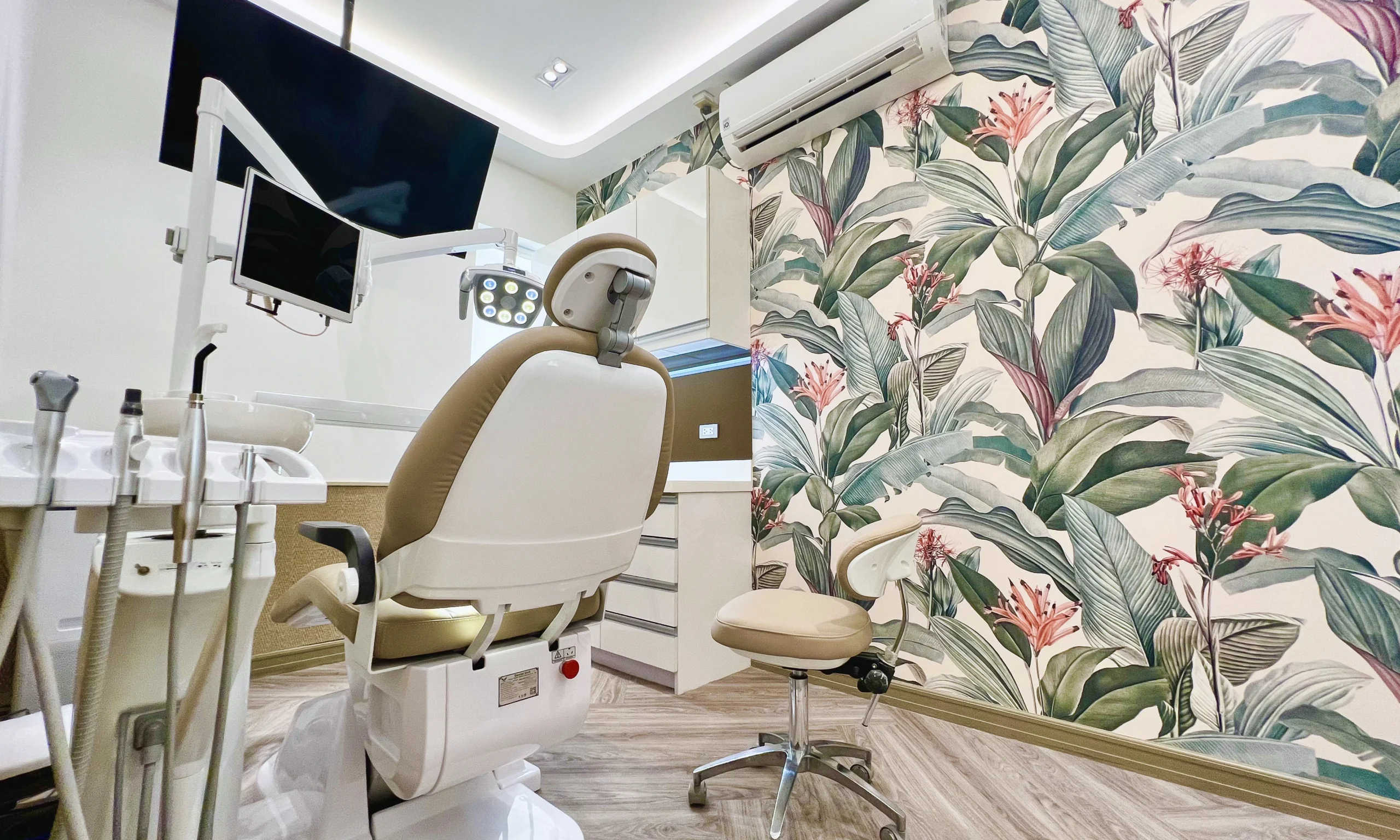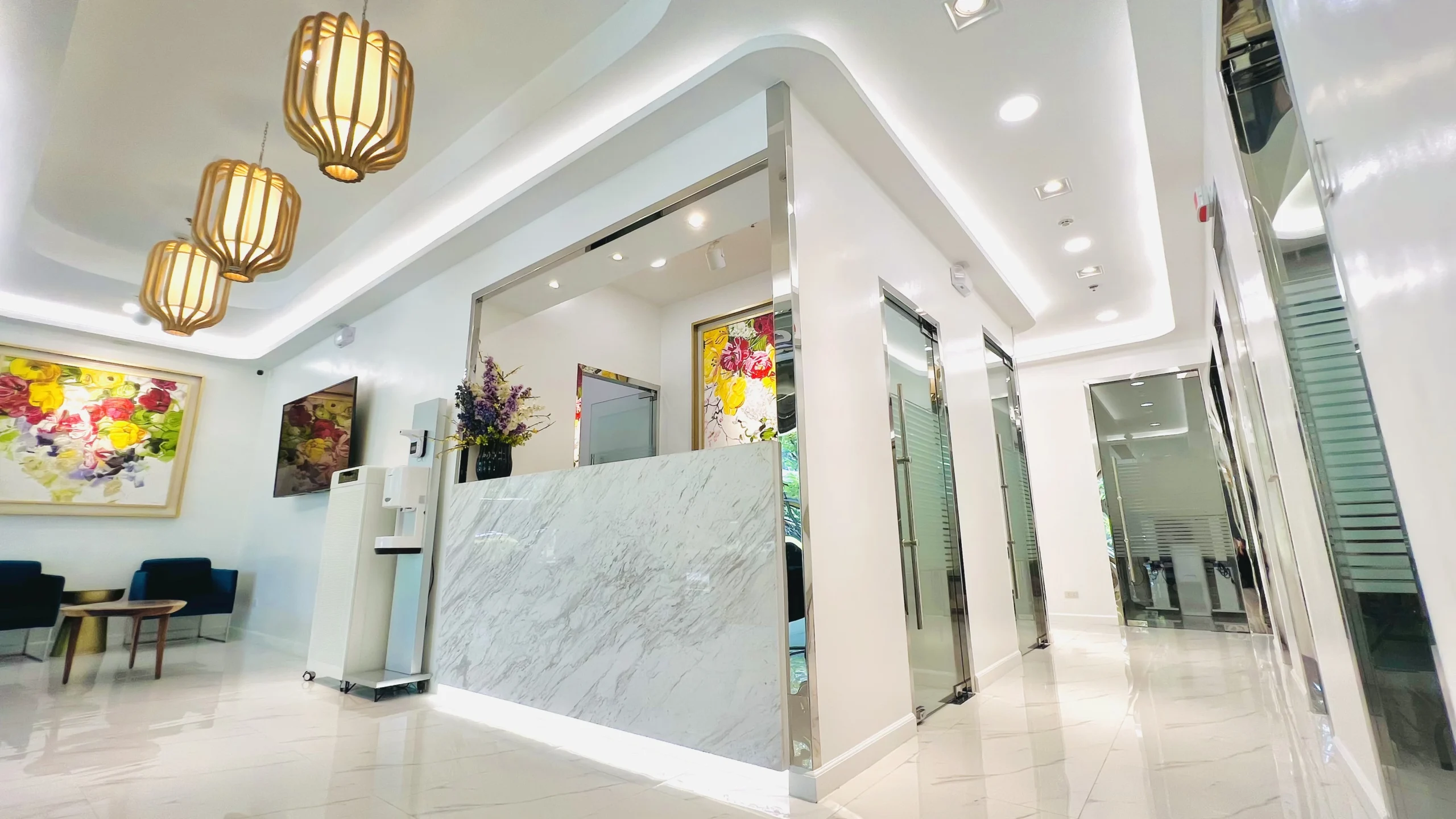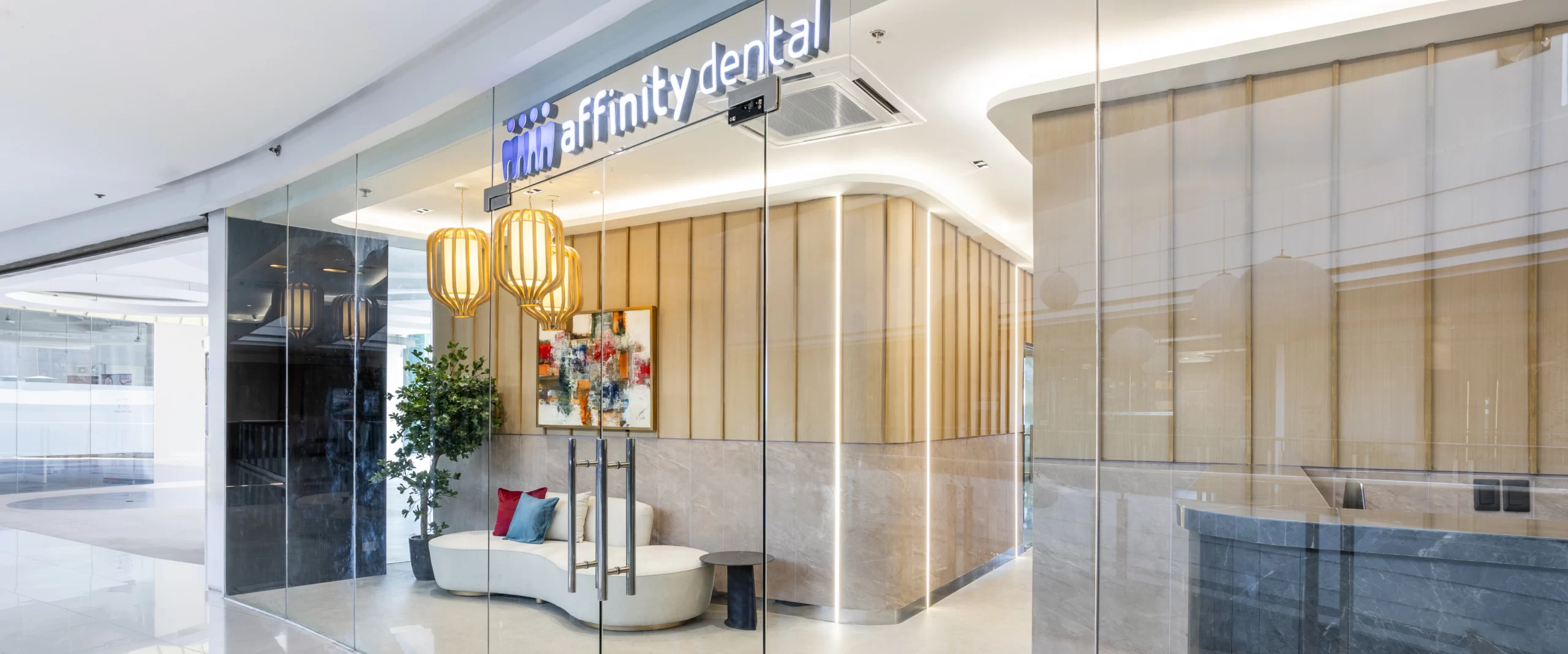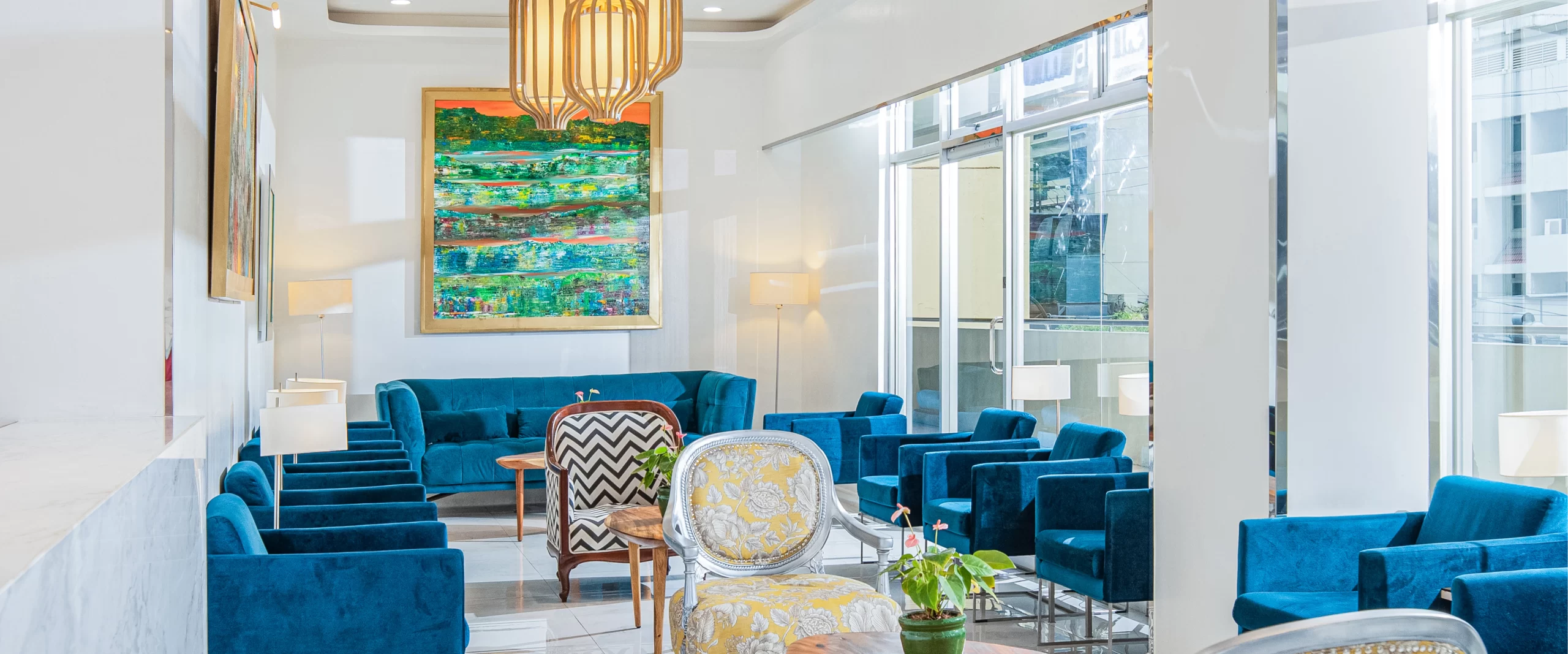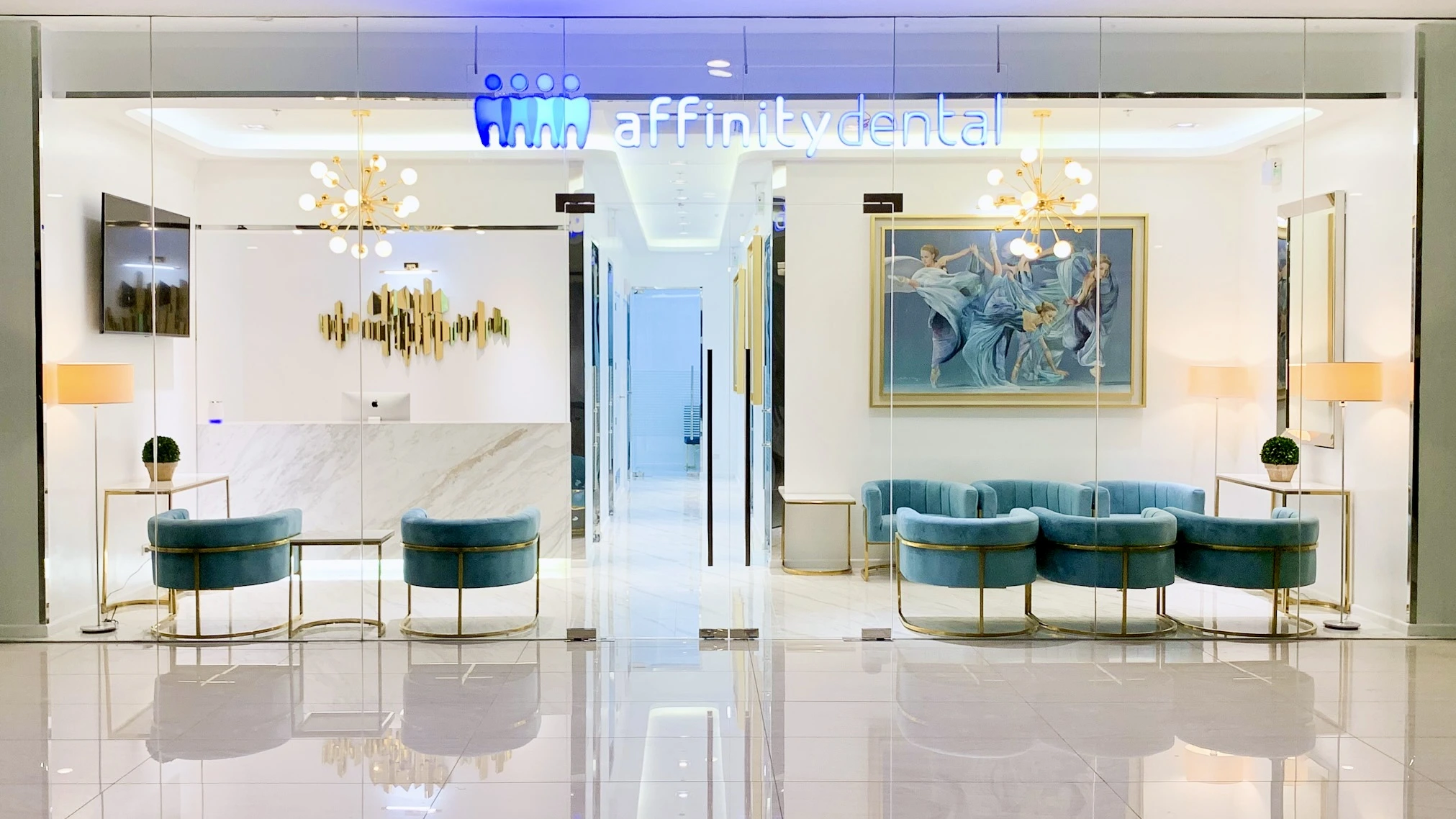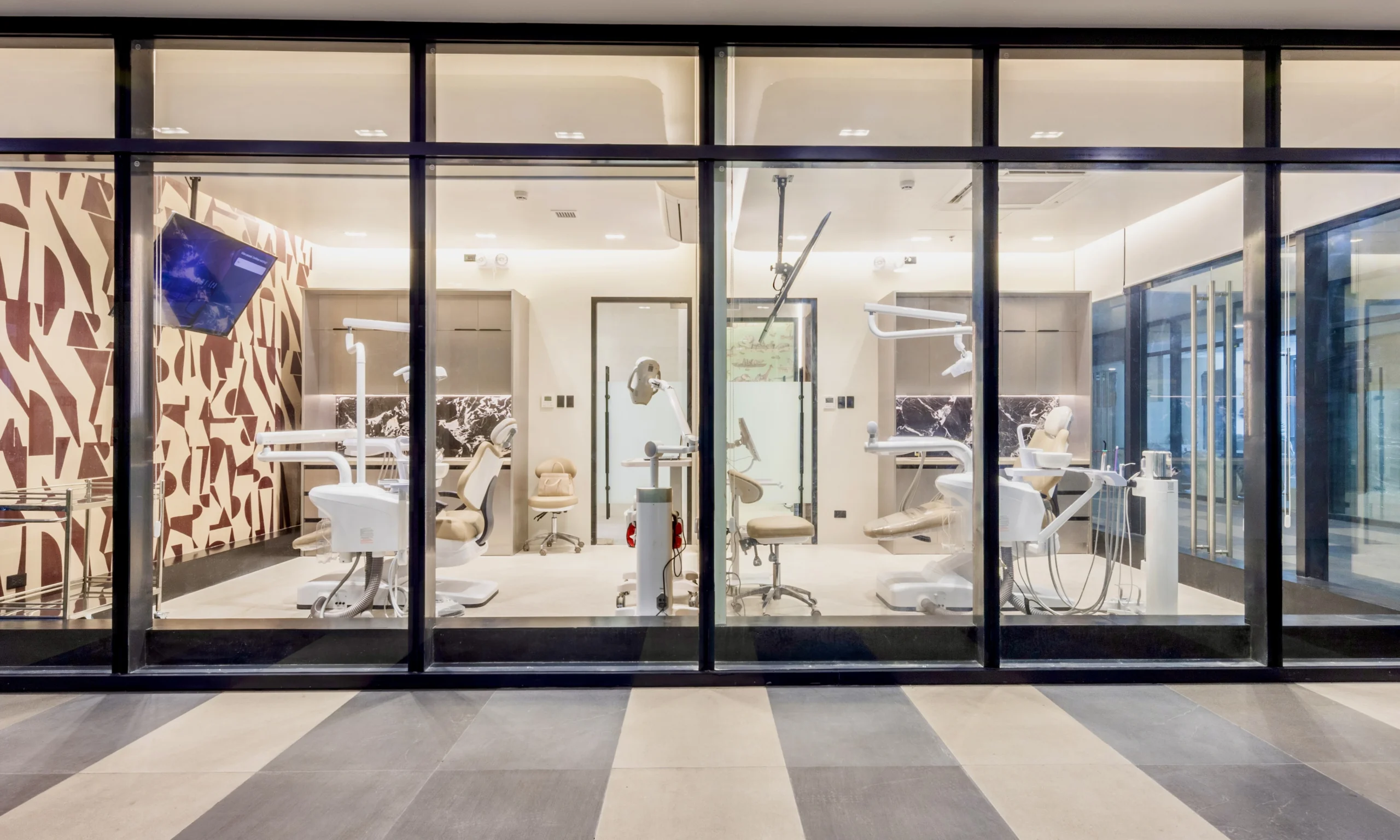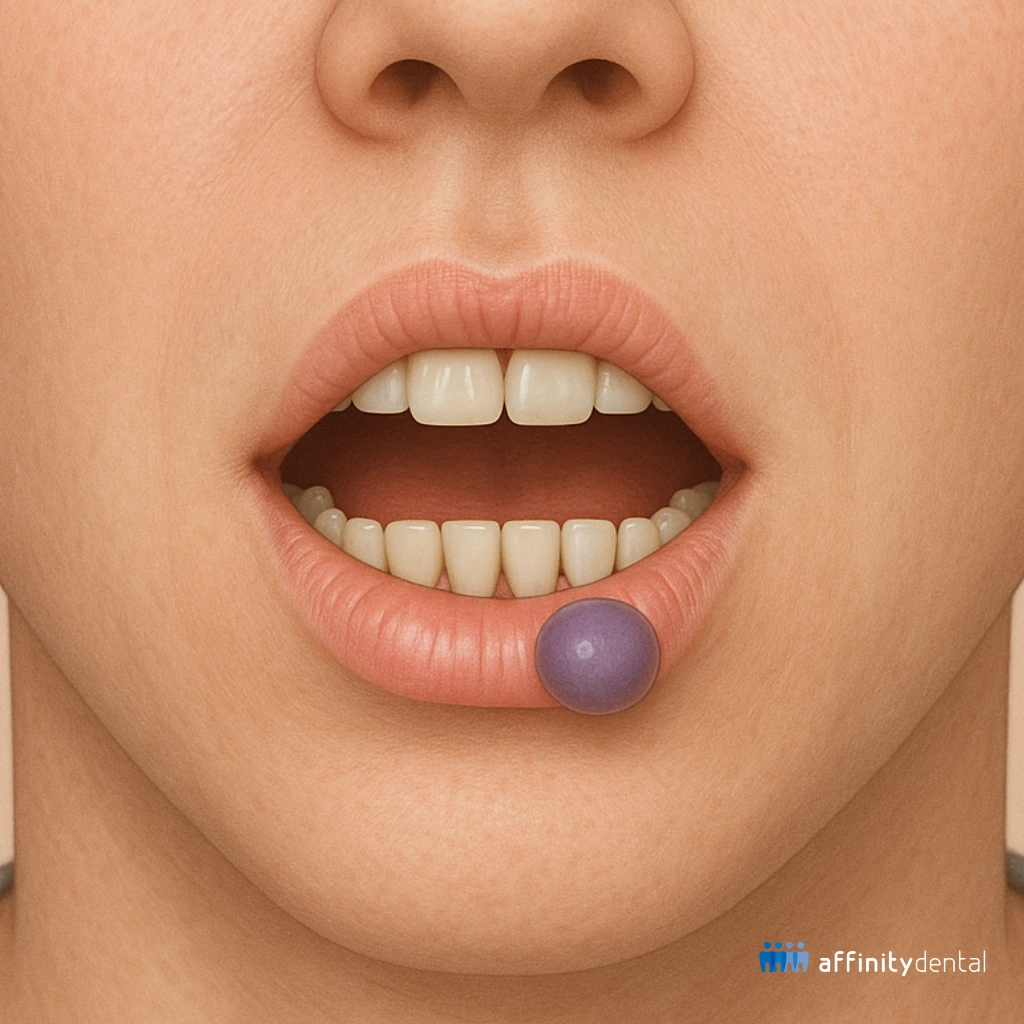
Excision Biopsy of Benign Lesion
Precise Diagnosis and Gentle Care for Oral Health and Peace of Mind
When you discover an unusual growth or persistent patch in your mouth, it’s natural to feel anxiety or uncertainty. While many oral lesions are harmless, some may require careful evaluation. At Affinity Dental Clinics, we take these concerns seriously by offering Excision Biopsy of Benign Lesion in the Philippines as part of our dedicated Oral Surgery services.
Performed by a team of formally trained Oral Surgeons, our excision biopsies are thorough, precise, and compassionate. We remove suspicious lesions under sterile conditions, supported by advanced imaging and surgical technology. Whether you’ve noticed a painless bump, a stubborn red patch, or anything unusual in your mouth—our goal is clear: provide an accurate diagnosis and guide you toward the right path for health and confidence.
Understanding the Importance of Excision Biopsy of Benign Lesion
An Excision Biopsy of Benign Lesion involves the surgical removal of a small oral lump, patch, or growth, followed by analysis in a pathology laboratory. Although most are benign (non-cancerous), confirming this fact is essential. This procedure not only removes the abnormal tissue but also ensures a definitive diagnosis—allowing for appropriate treatment or assurance.
At Affinity Dental Clinics, excision biopsy of benign lesion in the Philippines is an integral part of our Oral Surgery offerings. Our patients trust us to handle their health concerns with clinical accuracy, surgical precision, and personal care.
Why Excision Biopsy Matters
Diagnostic clarity is crucial in oral health. Common reasons to perform an excision biopsy include:
• A lump or thickening without a clear cause
• Red (erythroplakia) or white patches (leukoplakia) that persist
• A slow-growing bump in the cheek, lip, tongue, or gum
• Lesions that bleed easily or change in appearance
• Areas of chronic irritation from dentures, braces, or sharp teeth
While most intraoral lesions are benign, enucleating and analyzing them is the only way to rule out dysplasia or early malignancy. Early detection can make all the difference—and removal is often simple when lesions are small and accessible.
Common Types of Benign Oral Lesions We Treat
Our oral surgeons are skilled at identifying and removing a variety of benign growths, including:
A firm mound of fibrous tissue commonly caused by repetitive biting or trauma.
A fluid-filled cyst, often on the lower lip, that develops from ruptured salivary glands.
A wart-like lesion, frequently caused by HPV, often found on the tongue or palate.
Soft, fatty lumps under the mucosa that may cause localized swelling.
A red or reddish-blue growth that bleeds easily, often related to hormonal changes.
A firm gum growth that may contain bone; commonly occurs near the front teeth.
A gum growth often linked to chronic irritation or poor oral hygiene.
Reactive tissue proliferation due to chronic irritation or trauma.
We perform excision biopsies not only to remove these lesions but also to confirm their nature through histopathological analysis.
Why Trust Affinity Dental Clinics
Affinity Dental Clinics treat Oral Surgery as a foundational discipline. Excision biopsy of benign lesion in the Philippines are performed in our clinics by formally trained Oral Surgeons experienced in soft-tissue diagnosis and microsurgery. This means every procedure is handled with care and expertise.
We provide accurate lesion assessment using:
- Digital X-rays (low radiation, high clarity)
- Cone Beam CT Scans (CBCT) for 3D visualization when deeper tissue involvement is suspected
- Detailed clinical and photographic documentation to assist in surgical planning
All biopsies are done in:
- Sterile treatment or operating rooms
- Surgical-grade instruments for precise soft-tissue removal
- Hospital-standard infection control protocols
- Safe specimen handling to preserve sample integrity for pathology
For anxious or sensitive patients, we offer Conscious Sedation administered by a board-certified Anesthesiologist. This ensures your experience is calm, pain-free, and minimally stressful—without general anesthesia.
The Excision Biopsy Experience
Here’s a step-by-step overview of how an Excision Biopsy is performed:
- A comprehensive clinical and medical review
- Examination of the lesion’s size, appearance, and location
- Digital imaging (X-ray / CBCT if needed)
- Discussion of the procedure, anesthesia, recovery, and alternatives
We will answer your questions and create a plan that supports your peace of mind.
- Local anesthesia to numb the area
- Conscious Sedation option for comfort
- Excision of the lesion with a small margin to ensure full removal
- Hemostasis (stopping bleeding) and placement of sutures as needed
- Careful labeling and handling of the specimen for pathology
Aftercare and Healing Process
After an excision biopsy, standard recovery steps include:
• Cold compress application for 24 hour
• Soft food and gentle oral hygiene for a few days
• Possible antibiotic prescription (depending on patient health)
• Gentle mouth rinsing starting 24 hours post-op
• Avoidance of alcohol, tobacco, spicy foods until healing completes
• Scheduled follow-up visit after 1–2 weeks for suture check and biopsy review
Healing in the oral environment typically progresses quickly, with full tissue regeneration visible within 2–3 weeks, depending on lesion size.
Interpreting Biopsy Results
Pathology analysis generally takes 7–10 business days. Upon receiving results, your surgeon will:
• Recommend observation, no further treatment, or removal of marginal tissue for complete excision
• Discuss follow-up frequency for check-ups or re-biopsy
• Coordinate with referrals if needed for rare dysplasia or early lesions
Our goal is clear diagnosis and peace of mind for your oral health.
Safety, Accuracy & Patient Support
• Expertise in minimizing bleeding, infection, or scarring
• Lab verification ensures diagnostic accuracy
• Recovery instructions and follow-up care provide consistent support
• Coordination with general dentists or specialists for integrated care
• Patient education about oral lesions and the importance of biopsies
When to Consider an Excision Biopsy
• Persistent white/red patches without explanation
• Lump/biopsy requested by dentist or ENT specialist
• Chronic irritation from braces, dentures, or trauma
• Bleeding when touched or changes in color/texture
• Patient concerns regarding oral lesions or lumps
Biopsy – Frequently Asked Questions
Does the procedure hurt?
Thanks to local anesthesia (and sedation if selected), you should feel no pain during the biopsy. Minor soreness afterward is normal and easily managed.
How long does healing take?
Soft tissues heal quickly—most patients are back to normal within 2 weeks.
Will I have a scar?
Intraoral tissues rarely leave noticeable scarring. Any concerns regarding aesthetics can be addressed during follow-up visits.
When will I get results?
Biopsy reports usually return within 7–10 business days. Post-results follow-up is conducted immediately.
What if results aren’t benign?
Rarely, biopsy may show pre-cancerous or cancerous tissue. In that case, we refer you to specialists and coordinate further evaluation and treatment.
Your Next Steps
2. Book a consultation online or call your nearest clinic
3. Professional evaluation and clear diagnosis plan
4. Safe excision under local anesthesia or Conscious Sedation
5. Thorough healing and a definitive lab result
6. Ongoing monitoring or reassurance of benign findings
At Affinity Dental Clinics, we combine surgical precision, patient comfort, and modern diagnostics to ensure the best outcomes and peace of mind.
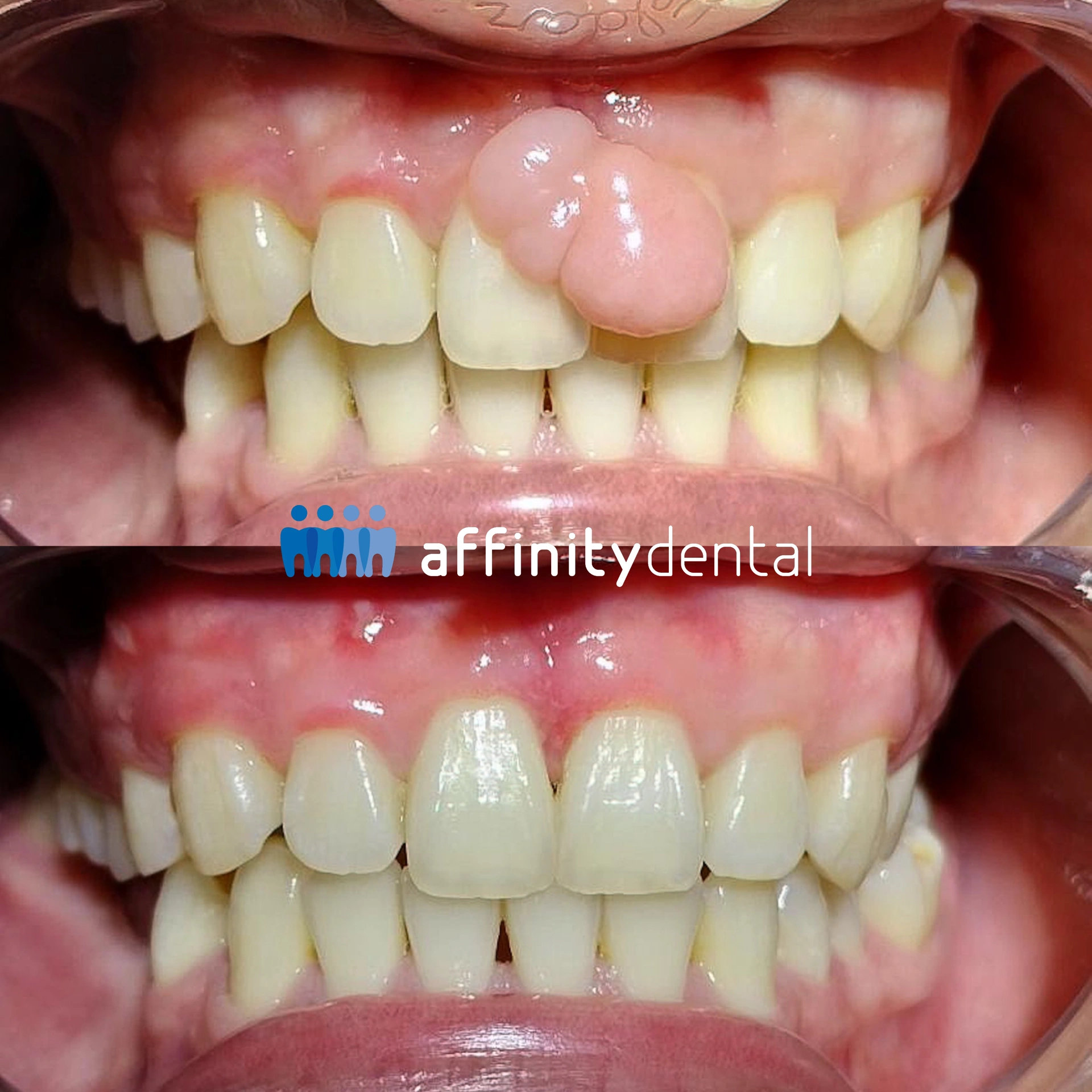
Book Your Appointment Today
Don’t wait. If you’ve noticed an unexplained growth, bump, or lesion in your mouth, schedule an Excision Biopsy of Benign Lesion in the Philippines with Affinity Dental Clinics—your trusted partner in oral health.
Call us now or 📩 book online at any of our branches in Makati, BGC, Alabang, Ortigas, Parañaque, or Cebu. Our Oral Surgery team is ready to guide you with expertise, care, and precision.
Together, we’ll address your concerns, clarify your diagnosis, and ensure your health—one biopsy at a time.
Book an Appointment
One moment, your message is being sent...
Please wait for the confirmation message before going back or closing your browser.
Sub heading
Content Place Here without Image

Content Continuation
Sub heading

Content Place Here without Image
Content Continuation
Sub heading

Content Description
Sub heading

Content Description Numbered
Intro Paragraph
Additional (Optional)
- Items
- Items
- Items
- Items
Component for Direct Content without image
Intro Paragraph
2nd Pragraph Optional
Closing paragraph
Component for Steps Content without image
Intro Paragraph
Text Description
- This list is optional, if the content does not have bulleted items remove the "ul and /ul"
- Items
- Items
Outro Paragraph (Optional)
Component for Steps Content with image

Intro Paragraph
Text Description
- This list is optional, if the content does not have bulleted items remove the "ul and /ul"
- Items
- Items
Outro Paragraph (Optional)
Other design for itemized content
Intro (copy this if there are more paragraphs)
Text Description
Table Title No Image
| Column Heading | Column Heading | Column Heading | Column Heading | Column Heading |
|---|---|---|---|---|
| Row Data | Row Data | Row Data | Row Data | Row Data |
Table Title with Image

| Column Heading | Column Heading | Column Heading | Column Heading | Column Heading |
|---|---|---|---|---|
| Row Data | Row Data | Row Data | Row Data | Row Data |
Frequently Asked Questions
Answer
Answer
Answer
